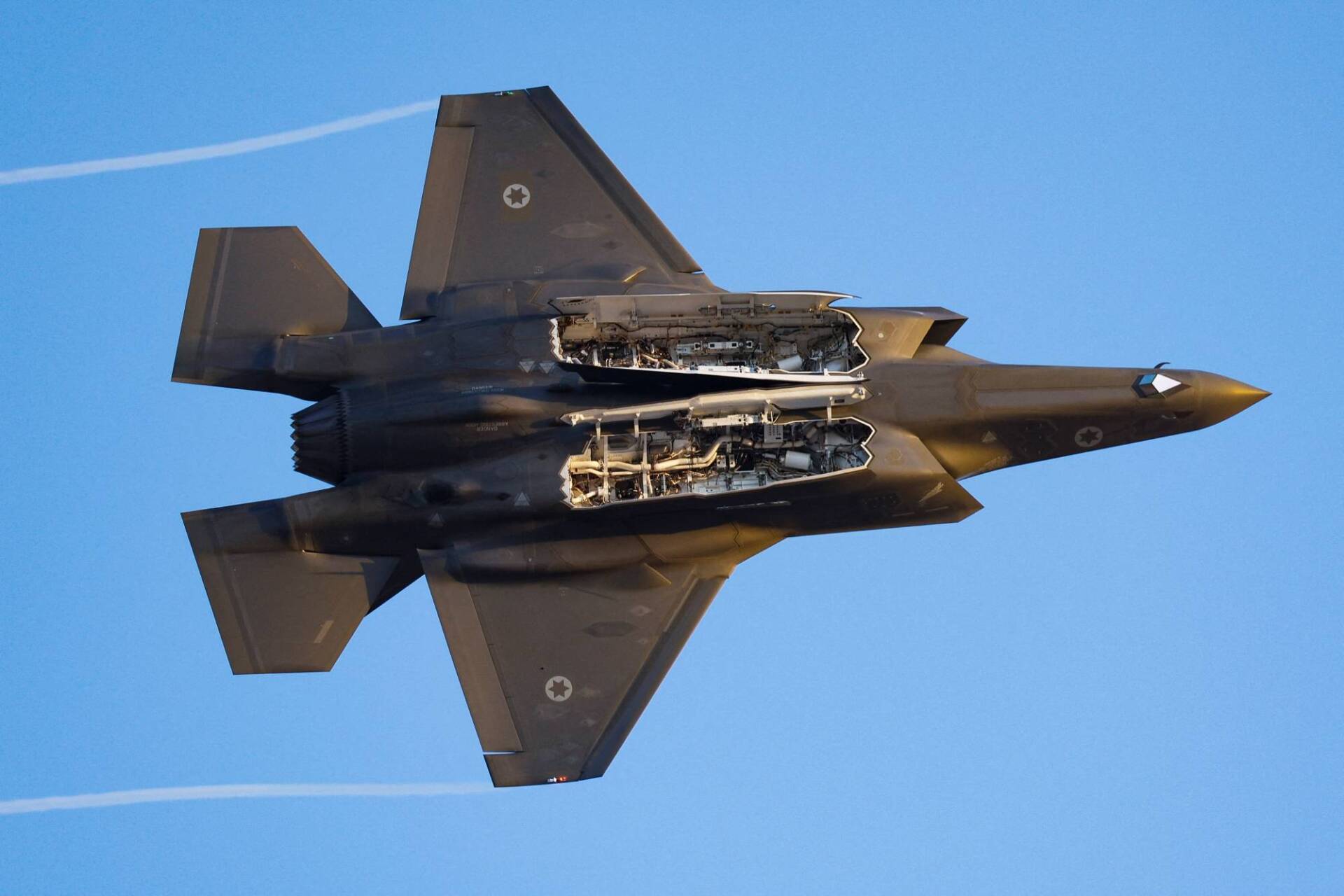HARVARD MEDICAL & THERMO FISHER
Redesigning Medical Labs for
Military Use


Even the best labs sometimes have latent capabilities and downtime. But with equipment as costly, and highly trained personnel as specialized, as ThermoFisher's Boston Mass Spectrometry Lab, that can raise overhead costs through the roof. The solution - repurpose and repackage existing capabilities.
We were contacted by the laboratory Director for Thermo FIsher's Scientific Center for Multiplexed Proteomics (TCMP) in Boston, to help the lab expand quickly into adjacent Federal Government markets; and we soon settled on a repurposing of its geological soil testing spectrometry capablities into a US Military jet engine sustainment product.
Re-Selling Latent Lab Capabilities, Post-Pandemic
Using the same capabilities that helped oil & gas companies detect gold or crude oil in geographical formations, the company is now able to detect metal fragments and other waste in jet engine oil. Indicative of dangerous wear & tear or mechanical malfunction. The second largest expense in any US military budget - and in any long-term military program, such as the F-35 - is maintenance and downtime. Being able to pre-emp scheduled maintenance and repair with timely indicators of engine wear, such as metal fragments detected in engine oil, or contaminants in cabin or cockpit hydraulics and air - can say millions in repair costs for each jet.


Predicting Jet & Missile Wear & Tear
Roughly 40% of the US Military's budget goes to pay for maintenance and operations of fleet and equipment. The USAF spent roughly $66 billion in 2021 for fleet maintenance. The cost-per-tail to maintain each of the US military's 450 F-35s was $4 million to $8 million per jet last year. Any technical advancement that identifies early maintenance needs is critical.
